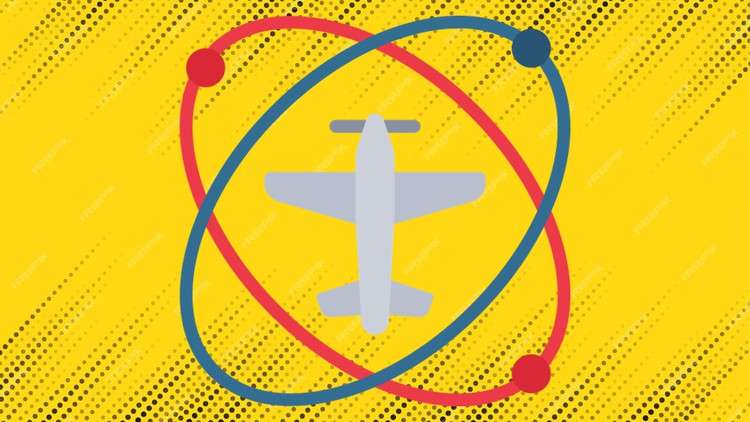
Unlocking Flight Dynamics: Mastering Transonic Aerodynamics and Airfoil Design
What you will learn
Transonic Aerodynamics Mastery: Understand transonic aerodynamics for aircraft and jets, exploring unique challenges in high-speed flight.
Advanced Air Effects Expertise: Dive deep into air compressibility and viscosity, grasping their impact on aircraft and Formula One cars.
Practical Airfoil Design: Acquire hands-on skills using aerodynamics software for designing functional airfoils, essential for aerospace employment.
Comprehensive Advanced Aerodynamics: Explore advanced concepts in transonic flight, covering pressure coefficient, shock waves, and critical elements for e
Description
Embark on a thrilling journey into the dynamic realm of aerospace engineering with our comprehensive Udemy course, “Aerospace Engineering: The Complete Aerodynamics Course.” Designed for learners of all levels, from complete beginners to aspiring professionals, this course offers a deep dive into the fundamental principles and advanced concepts that govern aerodynamics.
What You’ll Learn:
- Transonic Aerodynamics Mastery: Explore the intricacies of transonic aerodynamics, unraveling the mysteries behind commercial aircraft and military jets’ high-speed flight. Understand the unique challenges and considerations that shape the aerodynamic behavior of these cutting-edge vehicles.
- Advanced Air Effects Expertise: Delve into the complexities of air compressibility and viscosity, going beyond basic aerodynamics. Gain a comprehensive understanding of how these factors influence the performance of aerospace vehicles, from aircraft to Formula One racing cars.
- Practical Airfoil Design with Software: Acquire hands-on skills using aerodynamics software to design fully operational airfoils. Translate theoretical knowledge into practical applications, a crucial skill for those aspiring to work in the aerospace industry.
- Comprehensive Understanding of Advanced Concepts: Explore advanced aerodynamic concepts, including pressure coefficient, shock waves, and other critical elements in transonic aerodynamics. Develop the ability to analyze and interpret aerodynamic data, empowering you to make informed design decisions and troubleshoot challenges effectively.
Why Enroll:
- Accessible Learning for All Levels: Whether you’re a complete beginner or a seasoned professional, this course is tailored to meet you where you are in your aerospace engineering journey.
- Cost-Effective Education: Save money compared to traditional university courses while gaining access to content equivalent to what is taught in formal academic settings.
- Expert Guidance: Benefit from expert instruction and support at every step. The instructor is committed to making complex concepts understandable and applicable.
Unlock the secrets of aerodynamics, elevate your understanding of aerospace engineering, and position yourself for success in this dynamic field. Enroll now and join a community of learners passionate about mastering the art and science of flight!
Content